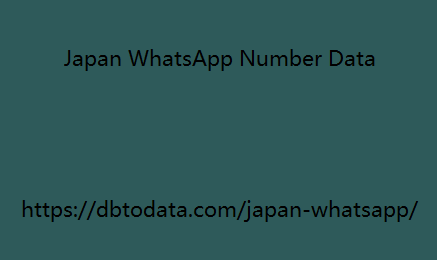|
|
Post by account_disabled on Mar 4, 2024 2:18:00 GMT -6
Organize and sort related words and Google suggestions: you can find them in the "Tools to use" section in the final part of this post. TF-IDF At this point you're probably wondering: If words like “and,” “the,” and “with” are on every page in Google's top 10, should I use them to get better rankings? No, and this is where the TF-IDF comes in. The term TF-IDF is short for “term frequency - inverse document frequency” ,
Which refers to two separate metrics, used to calculate Japan WhatsApp Number Data the importance of a word in a specific document, compared to other similar documents. TF (term frequency) defines the frequency with which a word is found within a document; IDF (inverse document frequency) indicates how often a word is encountered in a larger set of documents, called a "corpus". The IDF helps reduce the weight of words that are frequently used within the corpus and are not important in themselves (such as articles, prepositions, etc.

In this way, less weight is given to terms with a high TF and IDF, and more weight is given to those with a high TF and low IDF. Let's see this example: Calculate word importance with the TF-IDF formula Why is this concept essential for a content writer? At first glance, TF-IDF may seem like a scientific explanation of why keyword stuffing is important. For example: you have identified a good keyword (e.g. "city bike" ) with a clearly low IDF, you insert it into every paragraph of your article and show Google that your content is super-relevant.
|
|